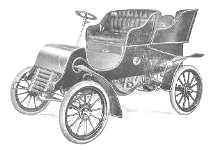
This early factory photo
shows the Tonneau version of the first Cadillac production model in 1903.
Two people could quite easily install or remove the rear body, which cost $100.
Access was through a rear door; on each side of it, corner seating could accommodate two
extra passengers. By removing six more bolts, the entire body could be separated
from the chassis, facilitating adjustments and repairs, without disturbing a single wire
or lever (try doing that today with your average Seville or Eldorado
model !)
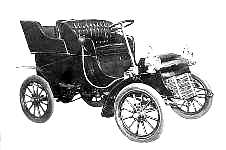

The 1903 production cars
used 10-spoke, wooden artillery wheels

This beautiful survivor
features later, optional side lights and a Cyclops (single) running light
by Gray & Davis, as well as a superb and most practical wicker picnic basket
for those Sunday outings in the country. Remember, in 1903, the road system we know
today was non-existent; there were few paved roads; these cars rode in the tracks of
the disappearing horse and buggy
[ Photo: Yann Saunders collection, courtesy Jack Tallman, Decatur, IL ]
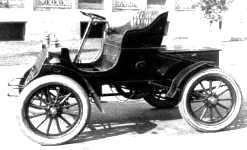
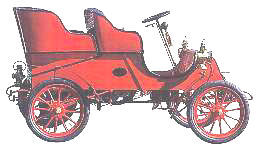
Left: on the sloping rear deck of the little 1903
Cadillac runabout could be mounted a vast
storage trunk (ancestor to today's car trunk?); this accessory was popular with
various tradesmen around Detroit at the start of the 20th century
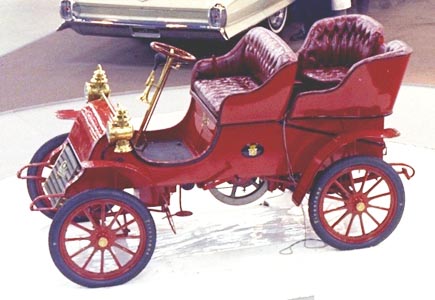
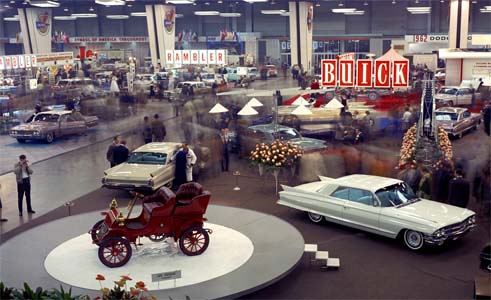
I believe this one is part of the
GM-Cadillac Museum collection;
it was on display at the 1962 Chicago Auto Show
Right: more popular than
the storage trunk was the 2-passenger tonneau
that was simply bolted to the sloping rear deck [see image below]
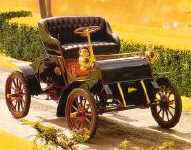
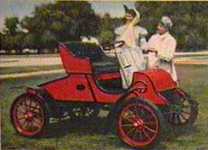
Right: this PC from the sixties shows a surviving
1903 runabout, with a couple posing in period attire
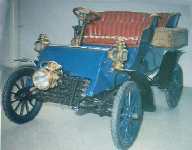
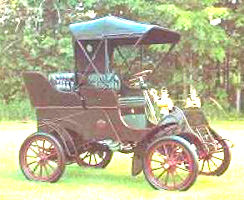

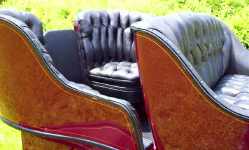
Far left: Enthusiast Stuart Kline sent in this photo of another survivor in far-away
Turkey; the car
was acquired in England; the color scheme is non-original (this model was available
only in black or dark maroon)
Next 3 images: another survivor in a correct color scheme, with cape top in place;
note corner seating in tonneau
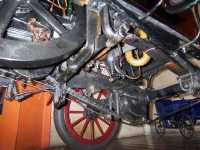
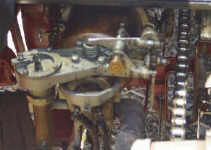
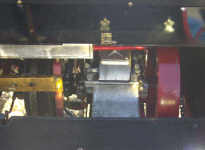
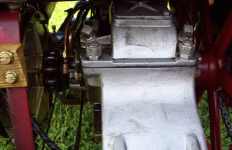

These two rows: undercarriage and engine details